Review: WIP on the Park
April 28th, 2025
ChinaHouse is one of those places that’s a bit hard to easily describe; but in this case, that’s probably a good thing, because it’s also one of those places that’s best experienced first-hand, something which we did recently! Located in the UNESCO heritage district of George Town, ChinaHouse a multifaceted venue that appealingly blends heritage architecture with contemporary culture. Established in 2011 by Narelle McMurtrie, it occupies a compound of three interconnected heritage buildings (narrow, but ‘deep’) linked by an open-air courtyard. This expansive and varied space, which effectively connects Beach Street and Victoria Street, encompasses 14 distinct areas, including cafés, restaurants, art galleries, bookshops and reading nooks, a bakery, and live music venues, offering visitors a diverse and immersive experience.

Like so many of the places in George Town, the buildings that house ChinaHouse date back to the 19th century, showcasing and honouring Penang’s rich colonial past. Originally serving as a warehouse for carpets, the structures have been nicely restored to preserve their historical charm while now housing more modern amenities. The interior design thoughtfully combines vintage elements with contemporary art, creating an ambiance that pays homage to the past while embracing the present. Visitors can explore art pieces displayed throughout the venue, enjoy live music performances, and indulge in a variety of culinary delights, making ChinaHouse a vibrant, engaging hub for both locals and tourists. We were fortunate to do nearly all of these things in a single, fun evening!
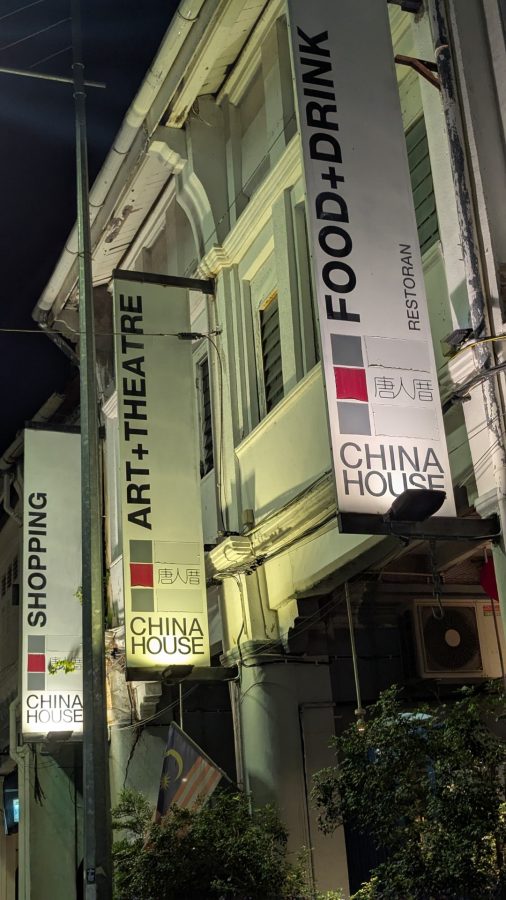
One thing this place is not is static and dull. Indeed, since its inception, ChinaHouse has become synonymous with creativity and active community engagement in Penang. Its founder envisioned the space as a ‘connector of people,’ offering a unique blend of old and new that reflects the island’s dynamic spirit. And so, well beyond its culinary offerings, ChinaHouse hosts art exhibitions, live performances, and cultural events, all contributing significantly to George Town’s status as a UNESCO World Heritage site. The venue’s commitment to fostering a vibrant arts scene has solidified its reputation as a cultural landmark, attracting visitors seeking an authentic and enriching experience in Penang.
See? We told you it was hard to easily pin down exactly what ChinaHouse is!
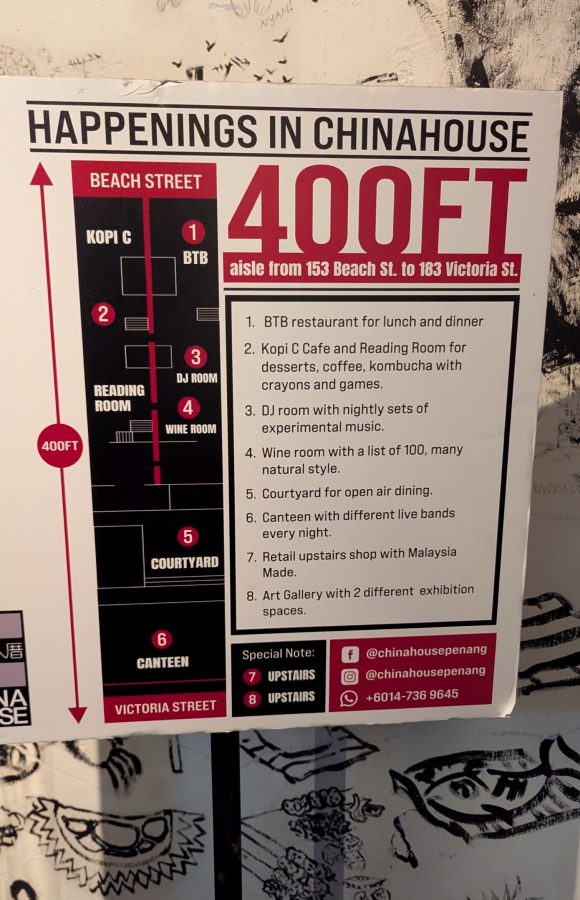
We began our enjoyable evening there with some bites from the menu, and a couple of interesting wines, as well. Curiously, what the dining part of ChinaHouse is probably best known for, though, is its lavish assortment of creative cakes, tarts, and other shareable treats – typically up to 30 different cakes on offer on any given day!

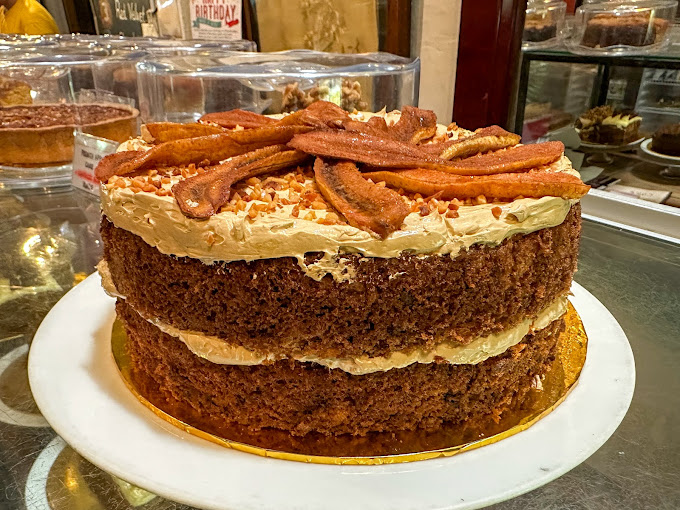
We saw many people ordering large slabs of cakes to share among the table. And about those tables… most are covered with doodling paper, and patrons obligingly make use of the crayons, chalks, and pencils available to sketch, draw, and write – stimulating their own creative juices while indulging in some of the best cakes in George Town. The coffee here is amazing, too, as the focus is primarily on single-origin beans (Fazenda Ambiental Fortaleza and El Primero Blend for those in the know), which are custom-roasted to order for ChinaHouse weekly.

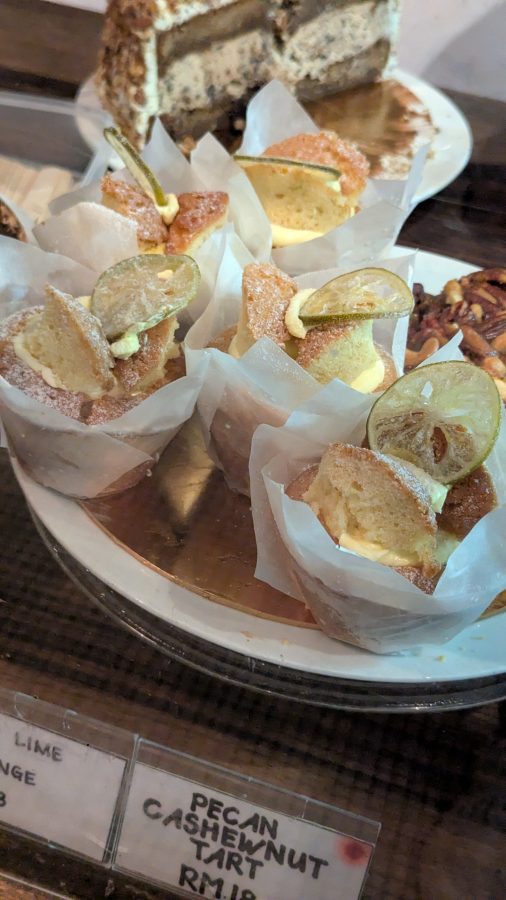
As for the rest of the food – and breakfast, lunch, and dinner are all offered here – it’s as hard to pigeonhole as the venue itself. Local kopitiam dishes, bar food, local and international fare… it’s all here. We ordered the Signature Burger (RM36), which comprises a homemade beef patty, cheese, a fried egg, pineapple (which we asked to omit, but hey, to each his own), caramelized onions, and a generous side serving of chunky fries.
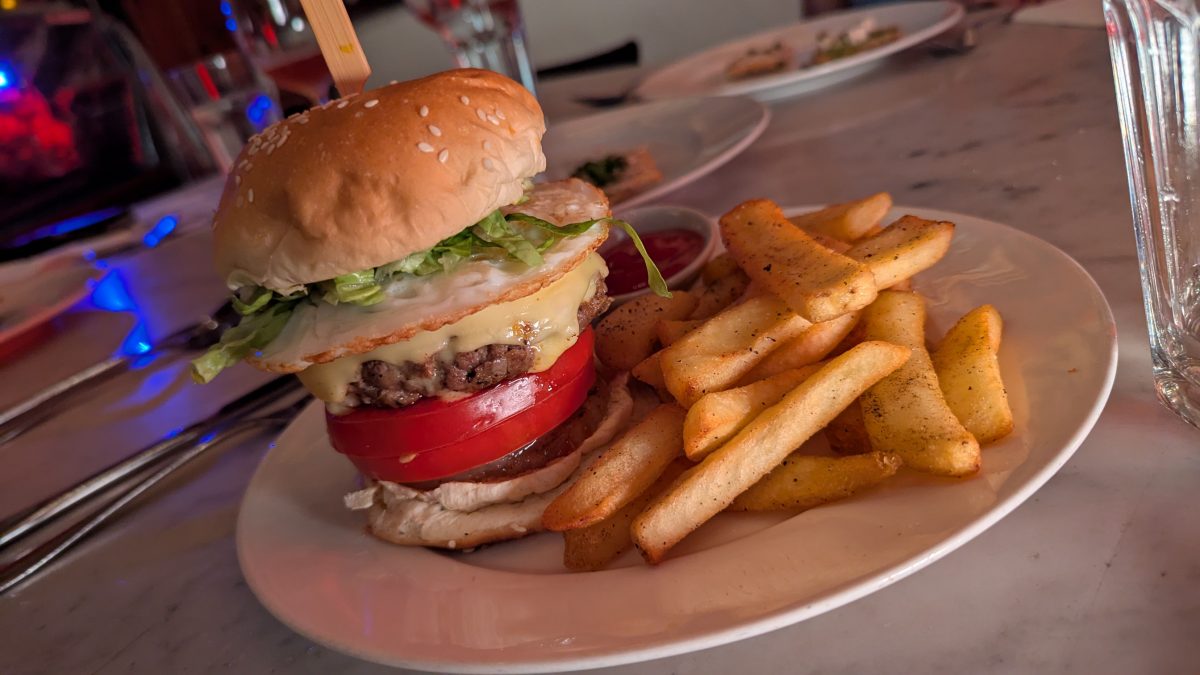
We were also tempted by the Avocado, Cashew, and Feta Rocket Salad (RM46) with pomegranate dressing, grapes, shaved parmesan, cranberries, and parmesan biscotti. Not content with that, we then placed an order for the Mixed Bruschetta (RM38), which is admittedly a better choice for sharing. This dish features six pieces of two types of bruschetta: one with tuna pâté, capers, rocket, and lemon; and another with avocado, feta cheese, and candied pepitas.
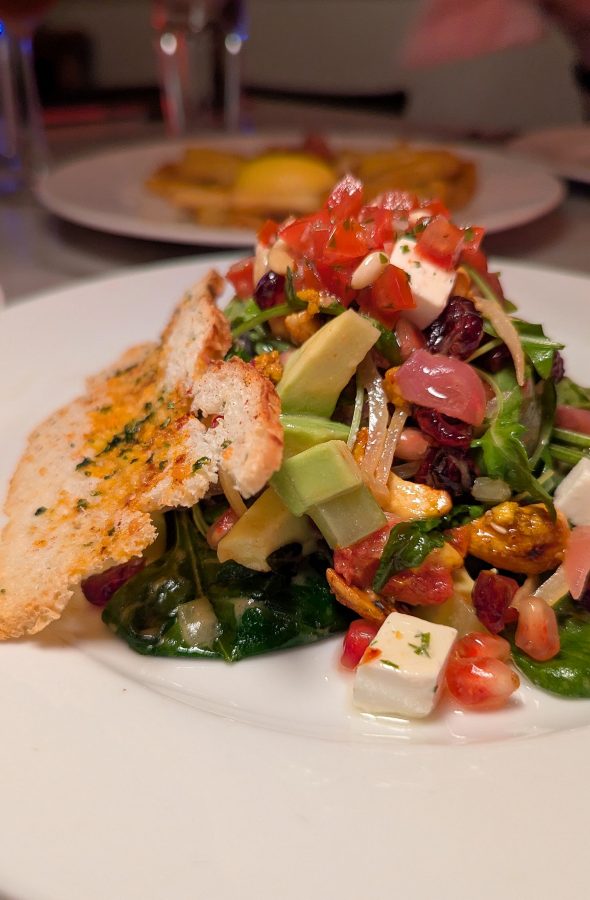
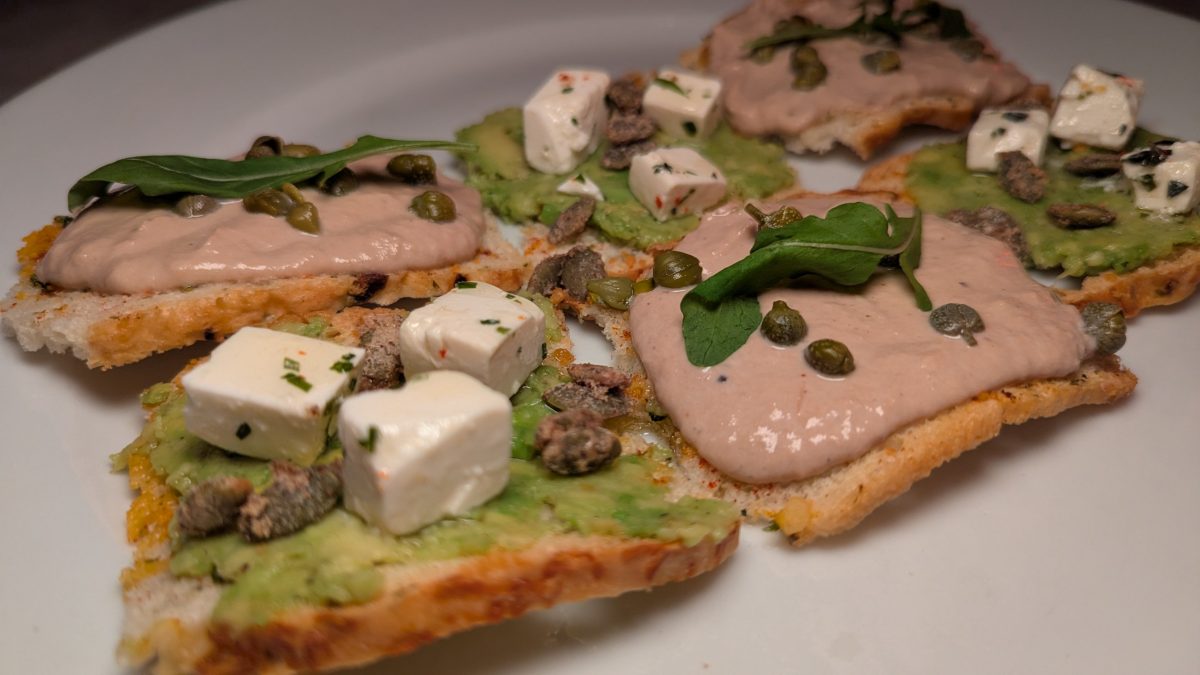
We couldn’t resist the allure of the Grilled Sea Bass dish (RM46), the beautifully grilled fish surrounded by chunky parmesan fries and topped with a wonderful fresh pine nut-pomegranate dressing. It’s not an extensive menu, all in all, but there is plenty of creativity on display, and we think most guests at ChinaHouse will find something that suits their fancy.
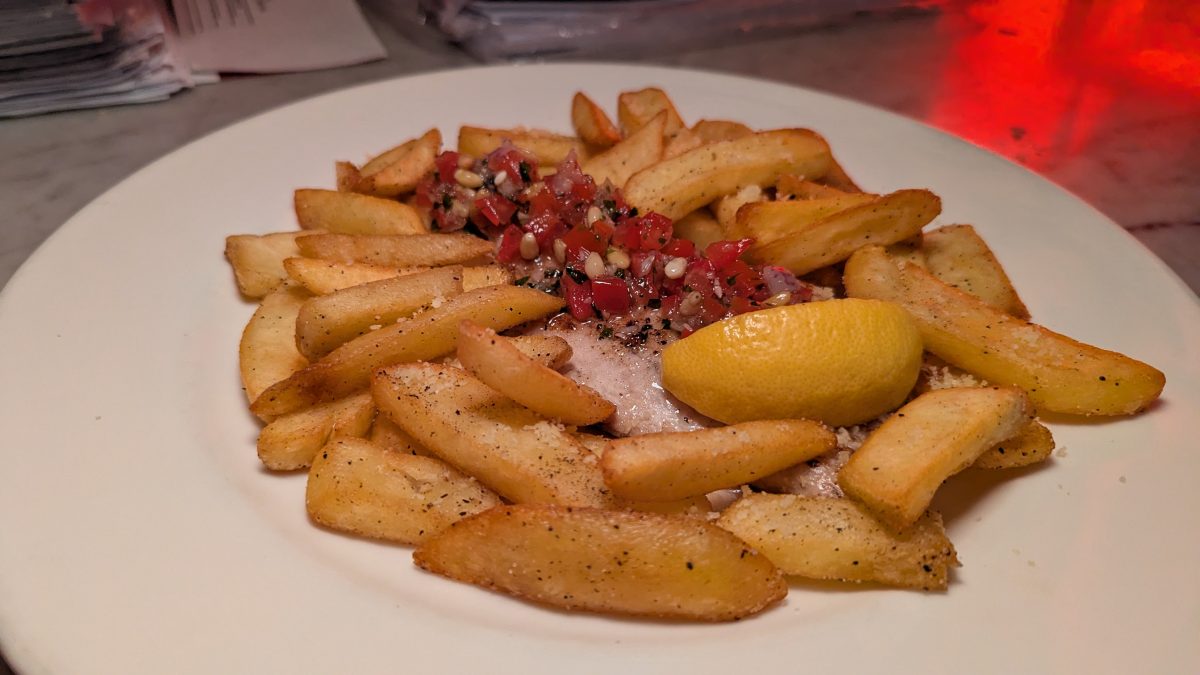
We were also keen to try some of the wines here, and why not? The wine list at ChinaHouse, after all, is very different from most others in Penang, as there is an emphasis on natural and cool climate wines. Some wines are offered by the bottle or in various glass/carafe sizes, with four different prices for some wines.
There’s a quiet revolution going on in some of the world’s great wine regions. Organic, biodynamic, and natural wines are alternative wines to the ones most of us are used to consuming. This generally mirrors societal trends of healthy living, environmentalism, and the preservation of traditions and culture.
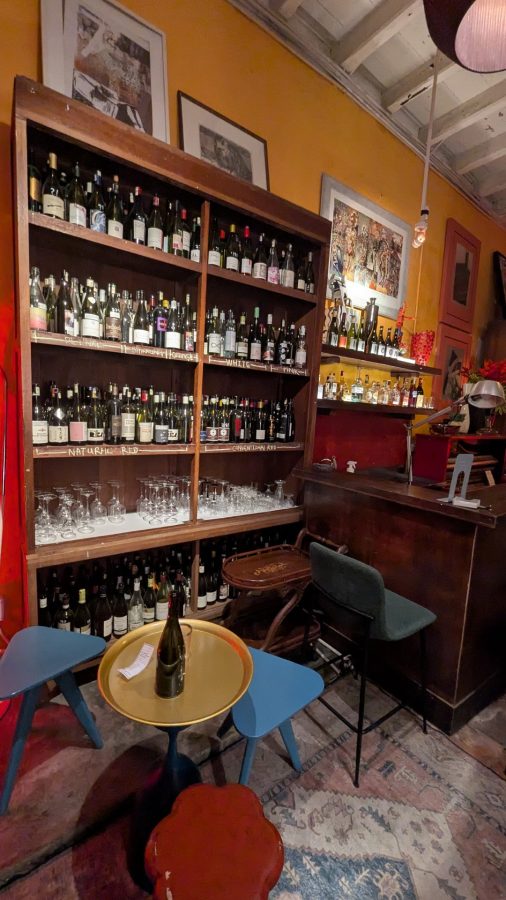
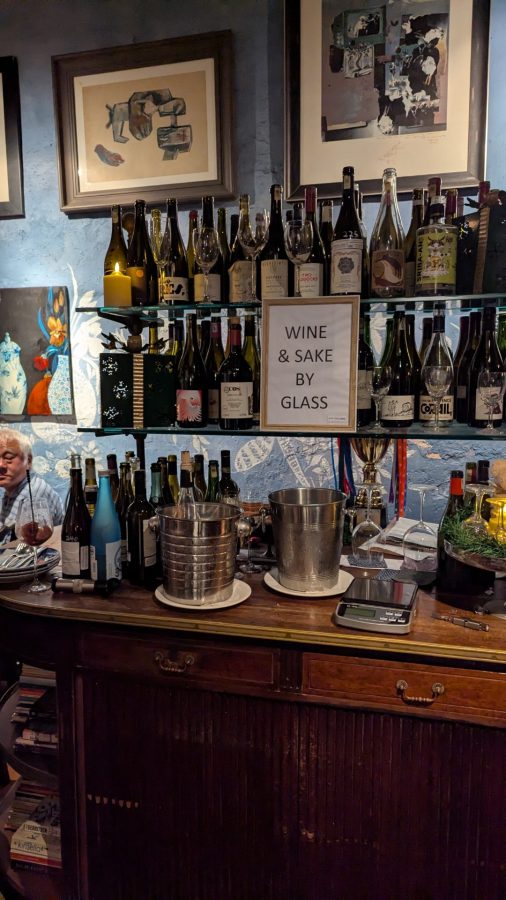
While organic and biodynamic wines mostly refer to the agricultural practices used by grape growers in their vineyards, natural wines are different in that they’re unfiltered, unfined, untamed, and unadulterated wines produced with minimal intervention from the winemaker. In many instances, natural wines don’t look or taste like typical wines, and some actually resemble sour beer or kombucha.
These wines are fermented spontaneously with native yeast, and none of the accepted winemaking additives, except for the possibility of a small amount of sulphur, are added. Most are bottled unfiltered and unfined, while new oak barrels are generally avoided because of the flavours they impart. Natural wines can range from funky and wild to lively and complex.
Natural wines (or orange wines, based upon the colour of some of them) are making their mark in venues such as ChinaHouse. Whether it’s the winemaker’s anarchic nature, taking on the challenge of saving the environment, or simply the challenge of producing something new and quirky, natural wines have attracted a loyal following. It’s safe to say that natural wines do not enjoy universal appeal among wine drinkers, but for those with a sense of adventure, we absolutely think they’re worth exploring nonetheless.
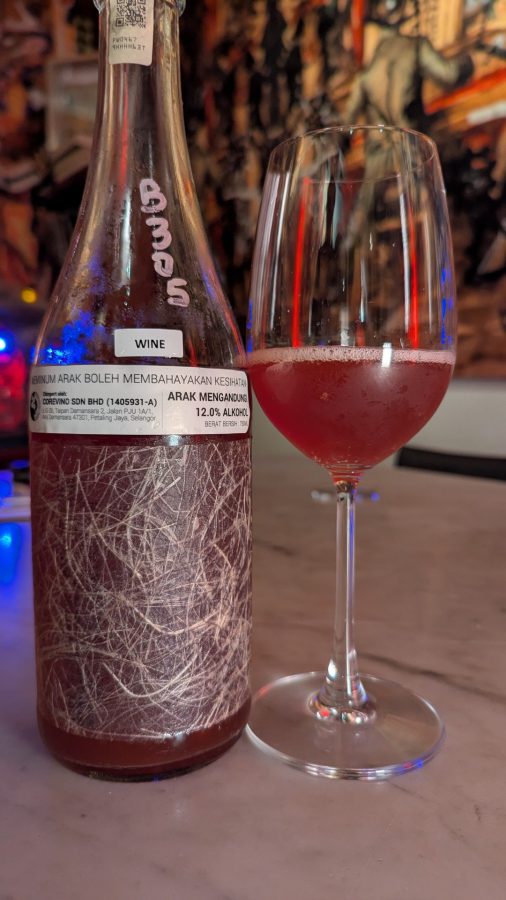
We sampled a sparkling Lucy M Pét-Nat (pétillant naturel) wine at ChinaHouse. The producers of this South Australian wine argue that ‘natural wine cannot be made through greed, capitalism, chemicals, or control.’ This rustic wine is hazy from being unfiltered and offers funky, fruity flavours and is less bubbly than a traditional sparkling wine. It is produced on a small scale using traditional rather than industrial techniques and fermented with native yeast. Winemaker Anton Van Klopper makes this sparkler and an extensive range of other wines on Lucy Margaux Farm in the Adelaide Hills.
Wines from lesser-seen regions and cool climates are also listed, with a Zweigelt from Austria’s Weingut Schloss Gobelsburg igniting our taste buds. This wine from Kamptal in Austria’s picturesque Wachau region along the Danube River is one of the most highly regarded in a country where winemakers have been refining their skills as long as those in France, Italy, and Spain. This hybrid variety (a cross between Blaufränkisch and St Laurent) is similar to a Pinot Noir and, being only slightly filtered, contains a small amount of sediments, which add to the flavour of the wine.
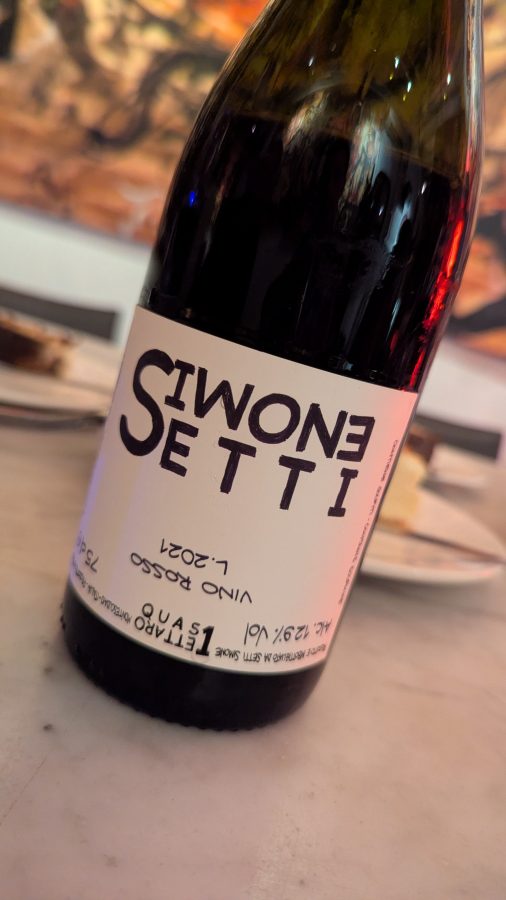
For a fuller, earthier red, we also sampled a Vino Rossa produced by Simone Setti in Guardistallo, Tuscany. This is unlike many Sangiovese wines in being fuller, bigger, and more rustic and robust than the rather elegant Chianti wines of the region. It is produced using biodynamic farming techniques and does not incorporate synthetic products. However, the winemaker does use copper and sulphur, as and when required.
After an illuminating wine session, we adjourned to yet another part of the complex, The Canteen, for more drinks and some great live music. ChinaHouse routinely books a slew of local talent to perform seven nights a week, and variety is the name of the game here, too. It’s easy to check online or on social media to see if any favourites are slated to perform, but we always enjoy a good live performance even without the pre-show research, so we were happy to take our seats and take in both the great tunes and the great vibes.
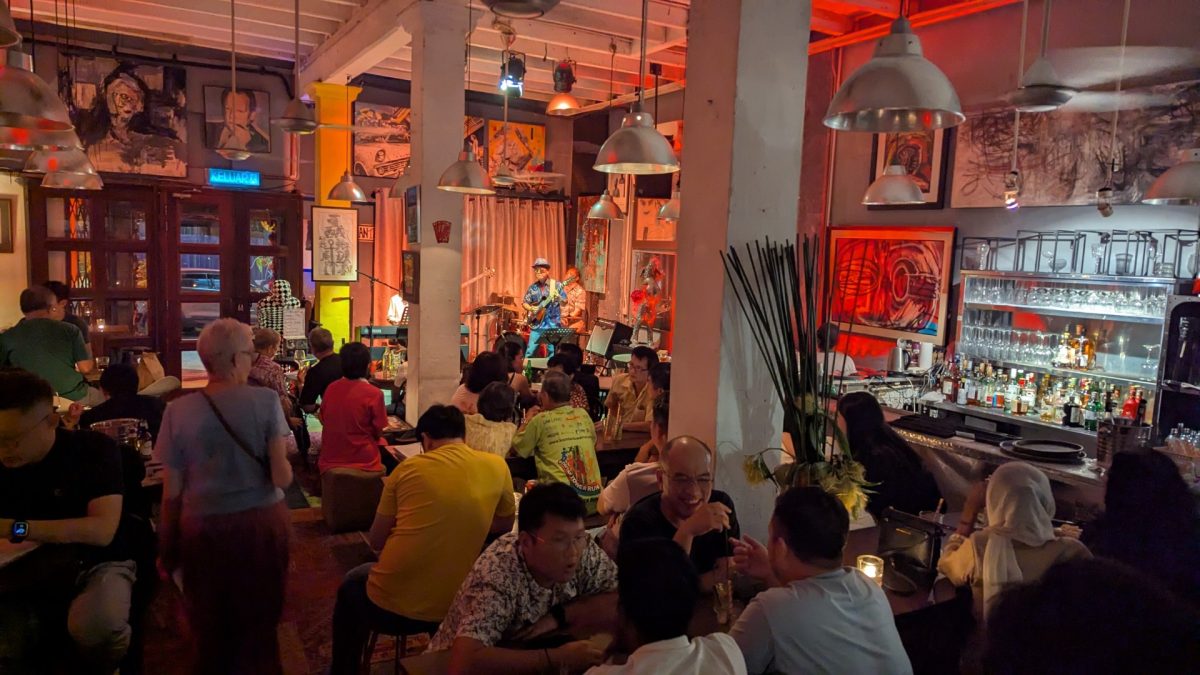
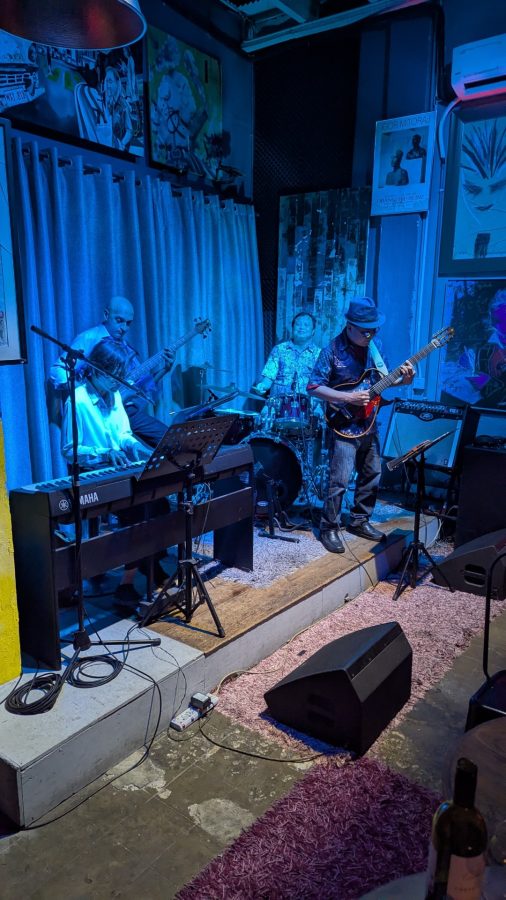
ChinaHouse is a fun and quirky place that’s easy to recommend, both for locals and visitors to Penang. Predictable rules don’t seem to apply here, and if you know Narelle – the founder and driving force of this unique venue – it’s easy to surmise that ChinaHouse is really just a vibrant extension of her own eclectic personality. So walk in, poke around, check out the art, have some tasty bites, sample the wines, share a slice of cake, look at the heritage artifacts, take in a spot of live music… anything goes at Penang’s liveliest cultural connector, ChinaHouse.
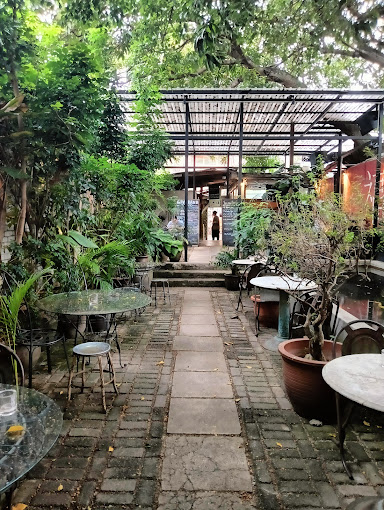
ChinaHouse
153 Beach Street
(or 183 Victoria Street)
10300 George Town
Penang
T: 014.736 9645
W: chinahouse.com.my